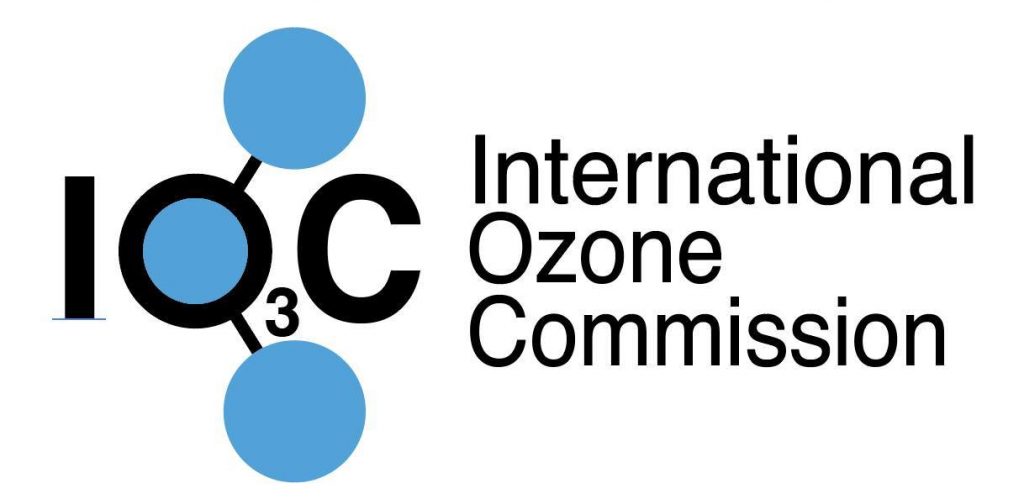
By Irina Petropavlovskikh, Secretary of the International Ozone Commission and a CIRES and NOAA scientist
September 16th is International Day for the Preservation of the Ozone Layer, celebrating the 1987 anniversary of the Montreal Protocol on Substances that Deplete the Ozone Layer. This protocol is the first environmental treaty to achieve universal ratification. The Montreal Protocol’s Kigali amendment, ratified on 1 January 2019, aims at mitigating the future impact on the Earth’s climate of hydrofluorocarbons or HFCs, which are substitutes for ozone depleting substances (ODSs) and powerful greenhouse gases. Universal ratification and compliance with this amendment would avoid about 0.5°C global temperature rise by the end of this century.
The theme of the International Day for the Preservation of the Ozone Layer on 16 September 2019 is: “32 Years and Healing.”
The International Ozone Commission, on the 32nd anniversary of the Montreal Protocol, reports success in healing of the ozone layer, with these highlights:
- Total atmospheric Ozone Depleting Substances (ODS) levels continue to decrease around the world according to the findings of the Scientific Assessment of Ozone Depletion: 2018 [WMO/UNEP, 2018].
- The Earth’s ozone layer continues to heal.
- The Antarctic ozone hole is also improving.
- Our ability to follow the future trends of ozone levels is crucially dependent on satellite, balloon, and ground-based ozone observing systems.
Read more of the IO3C press release here.
For the current state of the ozone layer at the South Pole and to learn what happens to ozone during the Antarctic spring ozone season, follow this blog and visit NOAA’s South Pole Ozone webpage.

